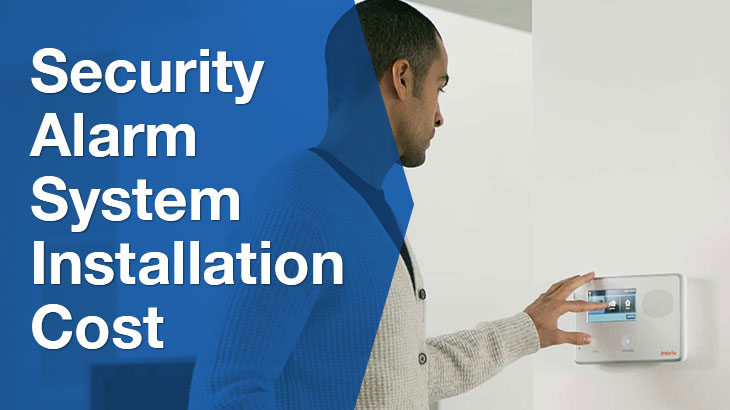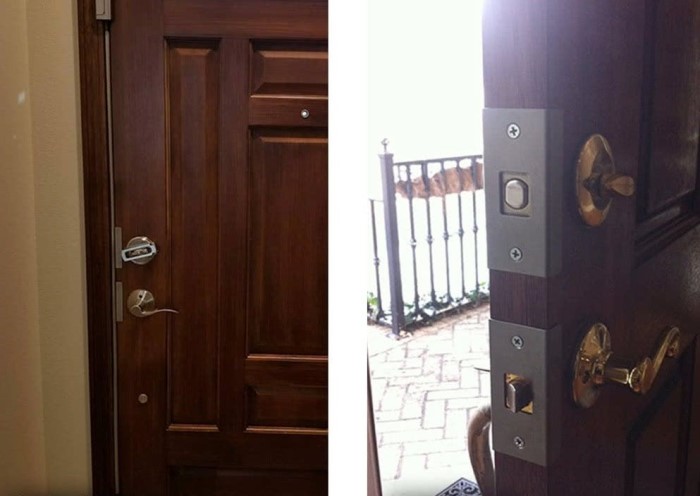
A self-monitored home safety system can be purchased for many reasons. They are easy-to-install and to use. They are reliable and affordable. Many budget-friendly systems are available, including Wyze and Kangaroo. Cove Home Security, which is limited in subscription and doesn't allow for app access, is a good choice.
Canary's 1080p HD security camera system is easy to install
Canary 1080p High Definition Security Camera System is a good choice for homeowners who aren’t sure where to begin when it comes installing a security cam. It is flexible and Wi-Fi capable, and it produces fair-to-fair quality video. This security camera system is not the easiest to install. There are some issues with it, including a high equipment cost and difficulty pairing with a Wi-Fi network.
Canary's 1080p HD security camera is easy to set up. Canary All-in-One Security Device comes with a 1080p high definition camera and a built-in siren. Arming and disarming are also possible. You can also use the Canary app to send a message to authorities if you suspect a burglary or a break-in. Canary offers features such as live view, event timeline, options menu, and more. It monitors temperature, humidity, and air quality.

Abode's system for self-monitoring is very simple to use
Abode's home security system that monitors your home is simple to set up and use. The system includes an Abode Gateway equipped with an Ethernet cable and power cord. Security sensors are installed at the home's entry points. You can use the Abode Gateway during power outages by having battery backup power. Abode customer service can be reached via email, phone, or live chat to answer any questions.
Abode's self-monitoking home security system is compatible with various smart home systems and allows you to check on your home remotely via the app. The Basic plan comes with cellular backup. You can also choose the $8 monthly Connect Plan, which sends an alarm signal directly to your mobile phone. Apple HomeKit, a popular smart-home platform, can be used to integrate the Abode security solution.
Ring's self monitoring system is compatible Apple HomeKit
Ring's self-monitored security system for your home is a great option, especially if you want to integrate Apple HomeKit. The system is simple and inexpensive to install. It has cellular connectivity and a battery backup. The Ring system also works with certain smart locks and outlets as well Amazon's Alexa.
Ring has no annual contracts for its service plans. The system can be self-monitored for free. Only pay if you wish to receive alerts. A subscription plan starts at $3 per calendar month. It includes features like video storage and enhanced detection. Ring also offers Pro plans for $20 per month that offer professional monitoring.

Scout's self-monitoring system is not connected to the internet.
Scout is a self-monitoring device that allows you to remotely control your cameras, sensors, alerts, and more. The app allows you to monitor your home while you are away. Its use is limited by its cellular connectivity. It's not easy to use. The app can occasionally crash.
Scout's self-monitoring systems are affordable when purchased separately. However, users must consider extra costs for cellular connectivity as well as building systems. For example, users who purchase the indoor camera will need to pay $9.99 per month to receive notifications, while users who buy the second camera will pay another $2.99 per month for cloud storage.
FAQ
Are there any real reasons to have a home alarm system?
A home security system is essential for anyone who owns a house. You don't have to be worried about a burglar breaking into your home. They can take all your valuables, even jewelry and expensive electronics. If you don't lock the doors, they can just take everything.
A home security system helps protect your home by alerting you whenever something happens. This includes monitoring motion, sending you alerts to mobile devices, recording activity, as well as allowing access to recorded footage.
A DIY camera is a great alternative to a full-blown home security system. These devices allow you to see who's at your front door, and will send you notifications when they enter. They won't stop burglars from entering your home.
What is the highest-rated home security system rating?
ADT Pulse and Ring Alarm are the most popular home security system. Vivint Smart Security Home Security and Protect America are also very popular.
What is the best home security system?
Ring Video Doorbell Pro remains the most popular home security system. It allows you speak and see anyone anywhere, anytime using your smartphone. You can also record video footage, and then share it with your family and friends via email or text message.
What should I pay for alarm monitoring
Alarm monitoring prices vary depending on how frequently you need it monitored and what type of equipment is needed. Also, consider whether you are looking to pay an all-inclusive fee or just one monthly charge.
Motion sensors are equipped with alarms
The popularity of motion sensor alarms has increased over the years due to rising thefts and break ins. These devices can be too costly and do not work well inside cabinets. But if you want your home to be protected from intruders, a motion detector alarm system is worth looking at.
Statistics
- Depending on your insurance, 24/7 professional monitoring may qualify you for as much as 15% off your premium. (safewise.com)
- That's probably why Cove has a whopping 98%* customer retention rate. (safewise.com)
- (In my experience, the discount on my home insurance covered about 25 percent of the subscription of an average plan, but your mileage may vary depending on your location and the size of your home.) (theverge.com)
- Most home security companies will charge you around 75% of the remaining term of your contract if you cancel early—and some require 100%.Related questionsWhat type of contract length can I expect from security providers?Home security system cancellation (safewise.com)
External Links
How To
How to Install a Home Security System
A home alarm system is a device which monitors your home and alerts when there's an activity. It could consist of a motion sensor and doorbell camera as well as smoke detector, smoke detectors fire alarm, flood alerts, carbon monoxide detectors and burglar alarms. A home security system typically includes one or more sensors, such as motion detectors. These sensors send signals when they sense movement or sound. The signals are then sent by the sensors to a control center where they are recorded and monitored. If something goes wrong, like someone breaking in to your house, the control panels sends an alert to your phone or tablet, your computer, or voice assistant. You'll be able to immediately take action and know exactly what's happening.
You must first choose the right kind of sensors for you home in order to install a home alarm system. There are two types of sensors available: active and passive. Passive sensors do not require batteries. They simply pick up sounds and vibrations around them. They can be doorbells or sirens as well as buzzers. Active sensors transmit data by using electricity. Some examples of this kind of sensor are cameras and motion sensors.
There are many sensors brands today. Each brand has its own pros and disadvantages. Some sensors can withstand extreme weather conditions, while others cannot. Some come with built-in speakers so you can hear them even if they're outside. Others are only for use inside. Some are basic while others offer advanced features, such as night vision.
After selecting the right sensors for your property and deciding on a manufacturer, you will want to make a selection. This will help you ensure your sensors work well together. You should find plenty of choices at your local hardware shop.
Once you have decided on a brand to use, it is time to decide on how many you want. Depending on whether someone lives alone or with their family, most people buy one to two sensors. If you are planning to add sensors later on, you may consider purchasing additional sensors.
Next, determine where you want your sensors to be placed. Do you want them close to doors or windows? Do you prefer to keep them away? Before placing them around your property, you should get permission. They should not be in conflict with any electrical outlets.
After you've determined the location of your sensors, you will need a way that they can be connected to your control panels. You might need a power adapter for your setup. Once you have everything in place, your property can be monitored!